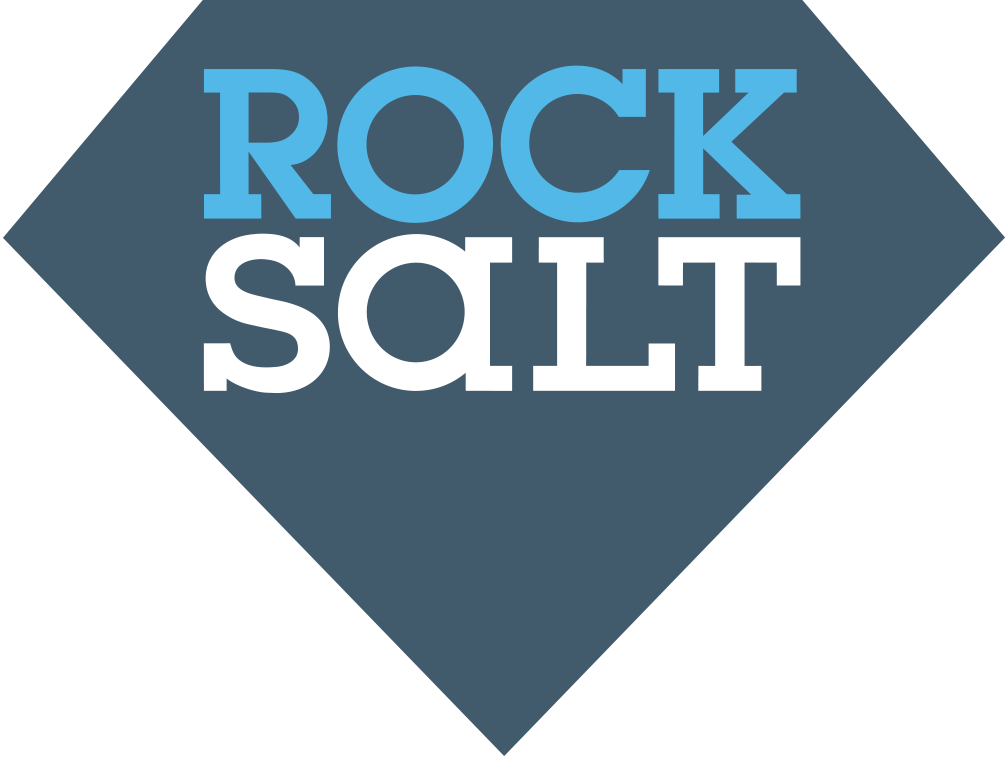
In my many years working as a web content specialist, no year has started better than this one. There’s a palpable buzz in the content community, akin to the flap of wings (a hummingbird’s, perhaps?), about the fact that we writers and our words are no longer beholden to that which some have built spam-filled careers on: keyword stuffing (and the like)-- creating bad content that is as effective to read as talking to a llama.
Since Google’s Hummingbird algorithm update in September 2013, the talk has validly (finally) turned to quality content. Google is more powerful than us mere mortals at steering the conversation. May the search engine results page speak our minds.
Google’s goal, as highlighted by the Forbes' article “Meet Hummingbird: Google just revamped search to handle your long questions” is ultimately to provide more relevant responses to more complex queries. In short, this means that Google is ranking not just the content relevance, but also tone relevance: is the way the content’s written aligned with its intended audience.
Copyblogger recently emphasised that Google is aiming to achieve more conversational search queries, dealing in the language of humans, not machines: a decision that possibly prompted College Humour’s video, “What if Google Was a Guy”.
So, here I am buzzing or flapping or humming on this content vibe last week, and then I’m sent an invitation to join a BrightTALK webinar hosted by the pretty cool-in-the-content world, Ann Handley, Chief Content Officer of MarketingProfs about some New Year, New You content marketing “sheds” and “shares” (you know, like: “shed your Robo DM” and “share your business personality on social media”).
Yesterday, for 45 minutes of my time, I got to hang out with the cool content kids, webinar style, to ponder the predictions for content this year.
Be more active and vigilant with your content strategy
You do have a content strategy, right? This, like content marketing, is one of those terms that raises untold silences at family gatherings and dinner parties in the presence of virtually anyone who isn’t a content person. My lovelies, it’s just about having a plan. What do you have to say, and when and in what ways can you say it? While there’s no magic number for the amount of content tactics you choose (big B2B companies have on average 18; small companies, 11, as indicated by MarketingProfs’ research), at least become familiar with what tactics you can use. Get loose, unleash your video camera, and tell your story like no one else can.
Be unique
Imagine you’re a teenager and Google is your mum, and mum is currently in your doorway saying, “Don’t take that tone with me, young lady”. Your audience will like you a lot more if you work through your business identity crisis and start aligning what you say with what you believe as a company and what people want from you.
Be assured that what people don’t want from you is figurative projectile content vomit. By all means, watch what’s being said within your relevant industry, but don’t just spit it back out and expect to be seen as an authoritative source. Good quality curation is key -- analyse, synthesise, "distributise" -- have an opinion and articulate.
Be socially savvy
Remember those days of yore when employers blocked social sites from work computers. Oh wait, they still do. Are you one of them? While I’m sure that there are still arguments for and against, I agree with Ann and Corey's point in this webinar when they say that the voices within a business make up that personality, and that they are your eyes and advocates in that space. Why not ensure that staff are part of the conversation? For example, ask them to "like" and "follow" the company social channels, and let them know that you are open to their suggestions of things worth sharing for the company.
And don’t just rely on the kids to keep an eye on things for you. You have tools at your disposal to help you keep an eye on what’s being said within your industry (Google Alerts, anyone?) and to help you say what you need across different channels (Hootsuite, you say?).
Be at one with the data
That’s right, folks. Content writers and marketers might not be naturally inclined towards analytics, but it’s time to stop being so damn scared of data. Data is your friend. MarketingProfs recommended reading Belle Beth Cooper’s article for Fast Company: The Ultimate Guide to Google Analytics and start holding yourself accountable for the quality of content you produce.
There are many more insights, tips and tools that the MarketingProfs crew included in their webinar. I highly recommend you take a look, and let me know what you think.
Read your way to better writing — Tips from our blog
Six tips for researching, writing and creating successful infographics.
Trust is plays an essential role in the decision to do business with someone, but it's difficult to build and maintain trust on the web. Here's a few tips to help you write trustworthy copy.
Your customers want to talk to you online, and these conversations will do you no end of good, as long as you manage them openly and respectfully.
6 ways to check and improve the flow of your website, and build a coherent, memorable story.
4 consistency tips to help you stick to your story, build trust and boost your SEO.
Why a brand story is vital to your company's communications, plus tips for how to write one.
How to write a story so startling that your readers have just got to read on.
Here are some tips on how to make the most of your research when you’re writing an article, even if you don’t necessarily have expert level knowledge — to begin with anyway.
Read our recommendations for building content into your web development schedule.
When I recently entered a black hole ‘software upgrade’ with a progress bar stuck at halfway for endless hours, I had no option but to find productivity at the end of a pen nib, not a keyboard. Find out what happened next.
The allure of posting one update on a social channel that then transmits for you across all of your profiles is so very tempting. It’s easy and we’re all very busy people. But is it the right thing to do?
We all face writer's block at some stage. Rocksalt's Alex Stevenson shines a light on how to overcome it.
Sometimes you can make a very simple change to heading content to better highlight benefits to the audience, and motivate them to click, read, share, bookmark. Read these examples for some ideas on how this could work for you.
Striking a balance between professionalism and personality is one of the essential skills of effective copywriting: too much of the former and your content might be dry and uninspiring, too little, and you risk sounding flippant and unreliable. Here are some easy ways to liberate your inner voice and write like you mean it.
If you’ve got some juicy, informative content to share, I might want to read it. Help me out by making it as easy for me to read as possible.
People who read the interwebs are savvy and quick to see through you if you’re not being straightforward with what you’re saying. Don’t hesitate to bring it back to basics with open, honest and transparent communication.
While cliches can seem like an easy way to get your point across, overuse can make them the bane of creativity and reader interest. We all know that our writing shouldn’t be boring, so why would we want to use tired, old, or jargonised expressions?
Often, we wrap up blog posts with a sign off sentence that best captures the point of the post. By moving this sign off to the top (with perhaps a little finessing), you could well be perfectly setting the scene to intrigue and motivate a reader.
If you want to convince people to become your customers, it helps if you know a bit about how they behave and what motivates them. Here are five facts about people that will help you communicate online.
At Rocksalt, we talk a lot about how we can connect what you write to your audience. Empathy plays a big role in that, but sometimes it’s not that easy. Find out how Paul thinks about his audience to build rapport and trust.
If it takes time to work out your website, your audience will give up and go away. Find out the best way to make it easy for your readers to navigate your web content.
Although our series of tips on how to polish up your content is here to help, maybe your content doesn’t need buffing. Maybe it’s buff enough and ready to read. Find out how to increase awareness of your brand with this simple tip.
Sharing your expertise is a successful marketing strategy that builds authority and good feeling, and ultimately converts to sales. Find out how giving away your secrets boost conversion.
Sending a welcome note when someone subscribes to your mailing list is a brilliant idea. As a first (and sometimes only) point of contact, it’s one that you can really make the most of. See what we suggest you include in yours.
In the big bad battle of brain versus words on a website, contextual links will help people to assess if where that link is going is somewhere they’re keen on, and that maybe the rest of your copy is too.
Great content doesn’t just boost search impressions. Authoritative, entertaining and engaging content gives readers plenty of ways to tell each other about you and plenty of reasons to come to you when they need to buy what you offer. Find out why content is so important to you and your business.
Do you wish you could improve your writing but aren't sure how? Find out how a little-known cognitive bias and an anecdote about lemon juice could be the key to your success.
Consider a more original turn of phrase before you reach for that cliche. It may make the difference between an engaged reader and a snoring one.
Struggling to beat writer's block? Wish you could pull inspiration out of thin air?
Coming up with great ideas doesn't have to be a hassle. All it takes is a little hard work.
Banner image: Informações by elbragon is licenced under CC BY 2.0


































Internal comms are the lifeblood of your business — here's how to make the most of them.